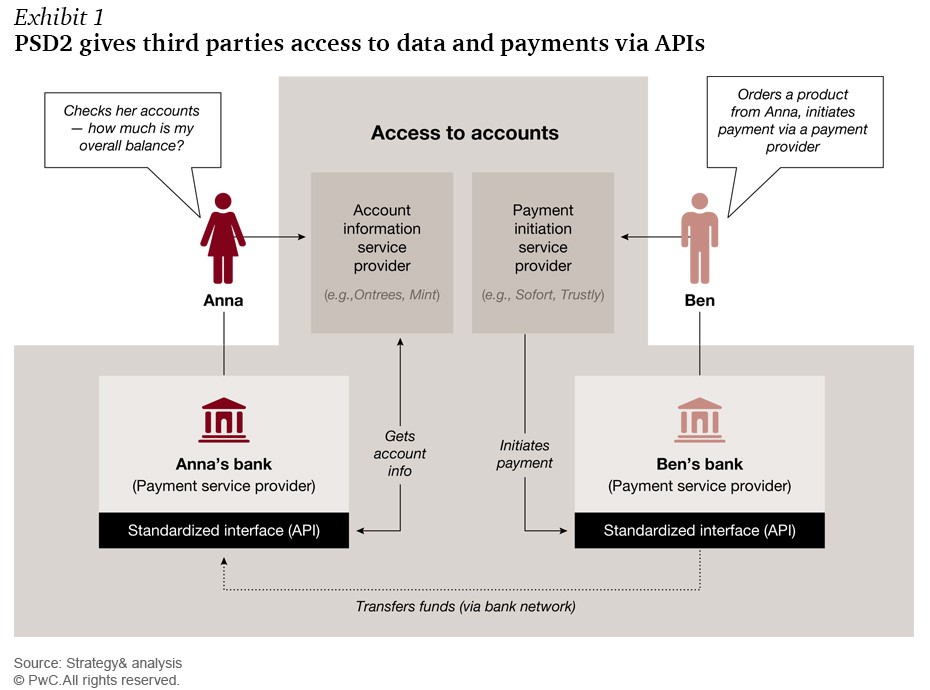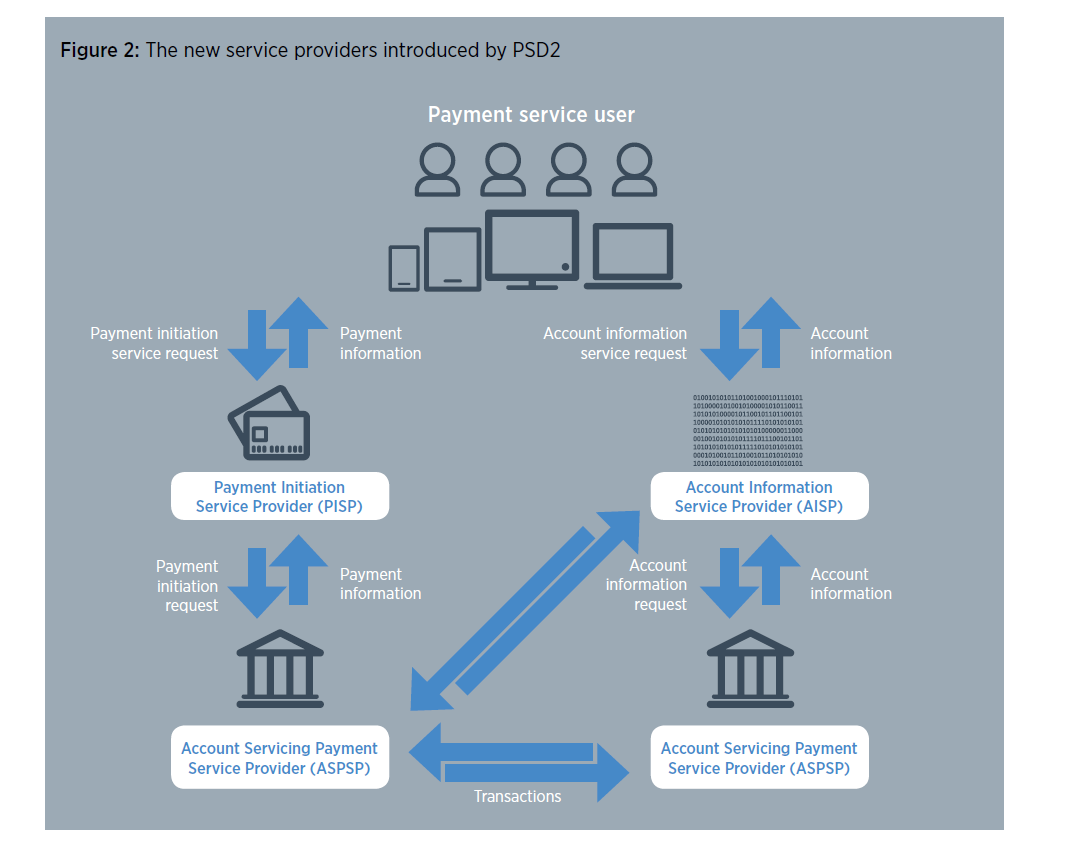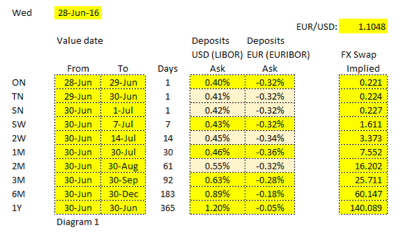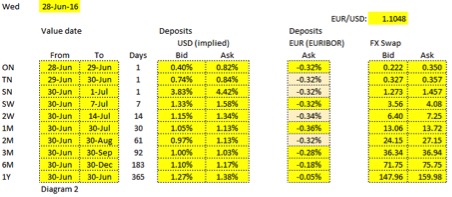Kredietbeoordeling banken: trends en ontwikkelingen
| 29-5-2018 | By Peter Schuitmaker |

Kredietbeoordeling door banken? Duidelijk is dat de kredietverstrekking door banken stagneert. Vandaar allerlei nieuwe initiatieven als kredietunies en crowdfunding. Ontwikkeling in de wereld van private equity, participatiemaatschappijen, investeringsfondsen zoals NPEX en de diverse mogelijkheden voor staatsgarantie Garantie Ondernemingsfinanciering, Groeifaciliteit en Borgstellingskredieten MKB. De banken doen nog wel mee. Maar dan met nieuwe spelregels: de nieuwe trends en ontwikkelingen kredietbeoordeling banken.
Traditionele beoordeling
Traditioneel werd de kredietbeoordeling door banken gebaseerd op een viertal criteria. Op de eerste plaats was dat de ondernemer. En met name zijn kennis, ervaring, zijn track-record als ondernemer, de moraliteit en zijn financiële betrokkenheid (commitment). Daarnaast telden mee de rentabiliteit (winstgevendheid), de solvabiliteit (verhouding garantievermogen (eigen vermogen) en totaal waarde van de activa) en de dekking (omvang en kwaliteit van de geboden zekerheden).
Kredietbeoordeling nieuwe stijl
Tegenwoordig worden beduidend meer aspecten meegewogen bij de kredietbeoordeling door banken. Bij een kredietaanvraag moeten deze helder in beeld gebracht worden. Deze beoordelingscriteria moeten aantoonbaar een ruime voldoende scoren. Banken beoordelen de operationele bedrijfsmatigere risico’s, de structuur risico’s en financiële risico’s. Maar ook het eigen verdienmodel wordt meegewogen. Dit artikel behandelt recente ontwikkelingen bij het proces van de kredietbeoordeling.
Positie in de waardeketen
Een van de kernvragen bij kredietbeoordeling is: welke waarde voegt de kredietnemer toe. En in het bijzonder: wie zijn afnemers en toeleveranciers. Hierbij wordt dus gekeken naar de branche in zijn geheel. Dus de (meer algemene) kenmerken van de bedrijfstak waarin de kredietnemer actief is. Daarnaast ook meer specifiek: wie zijn met name de afnemers en toeleveranciers. Hoe is de financiële gezondheid van deze partijen. Wat is hun betalingsgedrag? En welke trends zijn er in de bediende markt die de positie in de waardeketen kan beïnvloeden. Kortom: wat zijn de hiermee verbonden bedrijfsmatige en financiële risico’s.
Primaire bedrijfsproces
Een ander aspect bij de kredietbeoordeling is de organisatie, stabiliteit en efficiëntie van het primaire (productie)proces. Welke waarde wordt toegevoegd en wat zijn de daarmee samenhangende voortbrengingskosten. Met andere woorden: hoe effectief is dat proces en welke professionele rol speelt daarin het management.
Financiële structuur
Een uitgewerkte balansanalyse is een onmisbaar onderdeel van de kredietaanvraag. Deze omvat een toelichting van de omvang van de activa. Bijvoorbeeld: het vlottend actief. Staat het werkkapitaal wel in de juiste verhouding met de omzet en de directe kosten en inkopen? En de omvang van het vast actief? Wat was de basis van het investeringsbeleid? Wat is het gebruik van deze vaste activa? Wat zijn de bezettingsgraden? In hoeverre generen deze activa een kasstroom? Waar zitten deze risico’s?
Vermogensstructuur
Welke verplichtingen zijn er buiten de balans (huur, operationele lease). Maar ook: wat is de aard van de passiva. Hoe stabiel (zeker) zijn deze? En ook de stabiliteit van de balansverhoudingen: hoe wordt het vaste actief en vlottend actief gefinancierd? En hoe stabiel zijn deze verhoudingen?
Cashgenererend vermogen
Misschien wel het belangrijkste aspect bij de kredietbeoordeling is het vermogen om kasstromen te genereren. Wat is over langere periode de vrije kasstroom? Hoe aannemelijk is deze? Hoe getrouw is deze prognose en hoe werd deze onderbouwd? De beschikbare vrije kasstroom is de EBIT -/- winstbelasting hierover +/+ de afschrijvingen +/+ de non-cash items (mutatie voorzieningen) -/- investeringen in werkkapitaal -/- investeringen. En dan de vraag: hoe verhoudt zich deze ten opzichte van de verplichtingen aan de verstrekkers van het eigen en vreemde vermogen: noodzakelijke dividendbetalingen (om betaling van rente en aflossing van financiering in de holding mogelijk te maken), (financial) leasetermijnen, rente en aflossing van schulden van de kredietnemer.
Structuurrisico
Banken wegen vooral ook structuurrisico’s mee. Zo wordt er nadrukkelijke gekeken naar de omgeving van de kredietnemer. Binnen welke (groeps)structuur wordt geopereerd. Wat zijn de risico’s van een cashdrain naar verbonden ondernemingen? Bijvoorbeeld door intercompany transacties. Kan houvast worden gekregen op dividenduitkeringen aan moedermaatschappijen? Welke entiteiten behoren tot de creditbase: de direct verbonden kredietnemers en de (hoofdelijk) verbonden borgen. Kortom , die partijen die aangesproken kunnen uit hoofde van het verstrekte krediet. Beoordeeld wordt ook de extended creditbase. Hiertoe behoren de partijen waarvan de financiële gezondheid van invloed is op de vermogenspositie van de kredietnemer. Het kan hierbij gaan om leverancierskredieten of overige (strategische) samenwerkingspartners (of ketenpartners) die financiële belangen hebben bij de kredietnemer (lees: financieringen verstrekt).
Overige aspecten
Daarnaast zijn er een aantal criteria die meewegen zoals de juridische positie, vergunningen (bedrijfsvoering, producterkenningen en –certificeringen) en milieuaspecten. Ambities en een geïmplementeerde visie op het gebied van MVO (maatschappelijk ondernemen) helpt om paden te effenen.
Pricing
Een belangrijk criterium voor de kredietbeoordeling is het eigen verdienmodel van de bank. Waar vroeger vooral ‘volume’ van de kredietportefeuille prioriteit kende, is het tegenwoordig vooral de ‘kwaliteit’ van de kredietportefeuille die telt. Dat betekent dat de bank –naast de beoordeling van het krediet- tevens zich ervan zal vergewissen of de opbrengsten van de kredietverstrekking (rente en provisies) voldoende opwegen tegen de kosten en risico’s.
Uniform Counterparty Rating
In een financieringsrapportage moeten de voornoemde aspecten in voldoende mate worden uitgewerkt. Al deze gegevens wegen mee in de UCR systematiek: Uniform Counterparty Rating. Dit is een samenstel van financiële ratio’s en bedrijfsmatige gegevens. Financiële ratio’s zijn bijvoorbeeld operationeel resultaat / omzet, current ratio, crediteurentermijn, totaal rentedragende schuld / EBITDA , solvabiliteit, enzovoorts. Bij een kredietaanvraag is een overzichtelijk en onderbouwd investeringsoverzicht onmisbaar. Zo wordt duidelijk om welke investering het in de kern gaat: waar zijn de gevraagde middelen voor nodig. En daarbij ook de onderbouwing: de bedrijfskundige motivatie en de bijdrage aan op het rendement en risico van de kredietnemer. Maak hierbij inzichtelijk hoe de kredietnemer het risicoprofiel zal monitoren. En wanneer welke stappen worden gezet als het risicoprofiel verslechtert. Op deze manier bouwt u een solide kredietaanvraag die op een positieve besluitvorming van uw bank kan rekenen.

Registered Advisor for Business Transfer and Succession


 Group Treasurer. The Group Treasurer maintains overall responsibility for the function and reports directly up to the CFO. This person will typically not be involved in the day-to-day Treasury activities.
Group Treasurer. The Group Treasurer maintains overall responsibility for the function and reports directly up to the CFO. This person will typically not be involved in the day-to-day Treasury activities. Weet jij welk deel, van wat je betaalt aan de buitenlandse winkelier, naar financiële dienstverleners gaat? Het vakantie seizoen is weer gestart en de economie draait goed. Toeristen en zakenmensen vullen de vliegtuigen en Schiphol draait vast. Mede op basis van dit artikel:
Weet jij welk deel, van wat je betaalt aan de buitenlandse winkelier, naar financiële dienstverleners gaat? Het vakantie seizoen is weer gestart en de economie draait goed. Toeristen en zakenmensen vullen de vliegtuigen en Schiphol draait vast. Mede op basis van dit artikel: 
 Voor de masteropleiding management MSc, ga ik begin juni een keuze maken welke richting ik op wil gaan in het kader van het afstuderen (eindscriptie). Ik wil dit doen in de richting ‘Financial Decision Making’ op het gebied van financiering en ben daarvoor op zoek naar bedrijf waar ik mijn onderzoeksopdracht kan uitvoeren.
Voor de masteropleiding management MSc, ga ik begin juni een keuze maken welke richting ik op wil gaan in het kader van het afstuderen (eindscriptie). Ik wil dit doen in de richting ‘Financial Decision Making’ op het gebied van financiering en ben daarvoor op zoek naar bedrijf waar ik mijn onderzoeksopdracht kan uitvoeren.

 François de Witte – Founder & Senior Consultant at
François de Witte – Founder & Senior Consultant at 



 Now if we would consider exchanging a USD deposit versus a EUR deposit for 1 year the cash flows would be as follows:
Now if we would consider exchanging a USD deposit versus a EUR deposit for 1 year the cash flows would be as follows: e are looking at a single day FX swap, the annualized rate could swing a lot.
e are looking at a single day FX swap, the annualized rate could swing a lot.


 On Wednesday 16th May 2018, the Vrije Universiteit in Amsterdam will be holding an information evening for their Post Graduate programmes, including Treasury Management and Corporate Finance. This is an opportunity for anyone interested in this programme, and will allow participants to get an impression of how the programme works and meet the programme managers, teachers and (ex-) students.
On Wednesday 16th May 2018, the Vrije Universiteit in Amsterdam will be holding an information evening for their Post Graduate programmes, including Treasury Management and Corporate Finance. This is an opportunity for anyone interested in this programme, and will allow participants to get an impression of how the programme works and meet the programme managers, teachers and (ex-) students.
